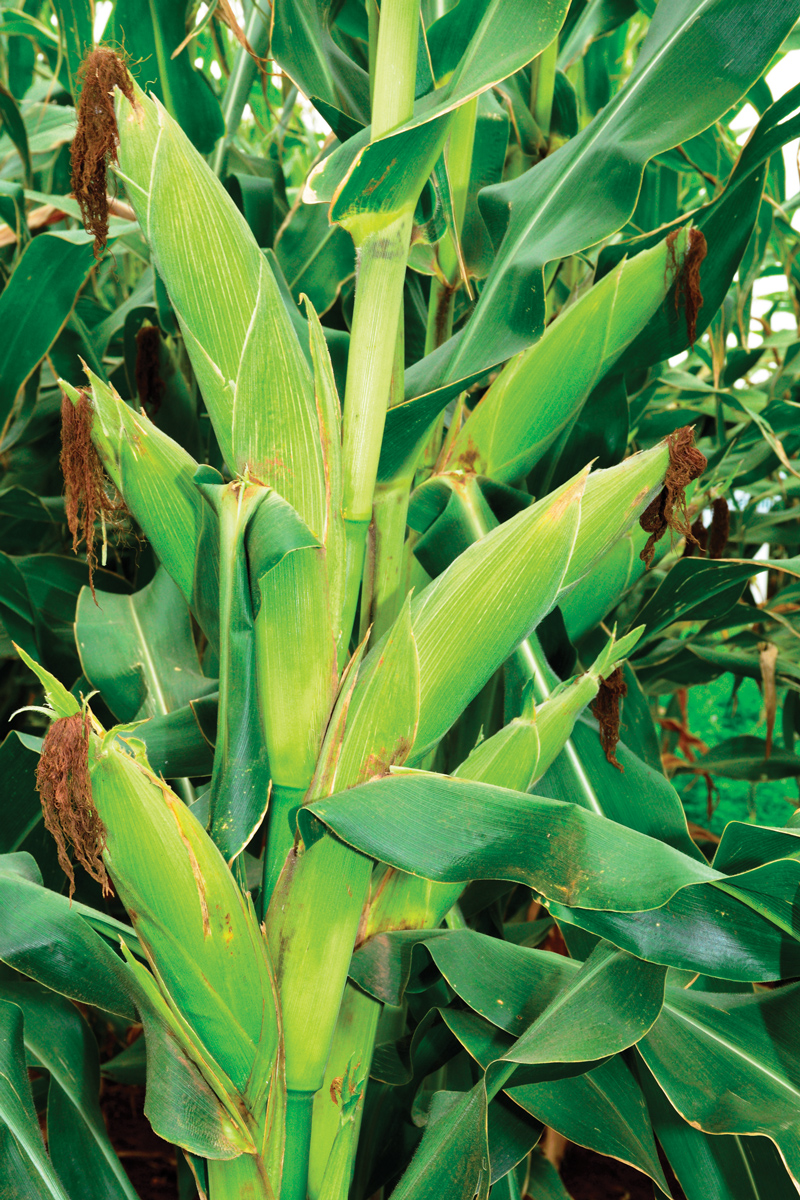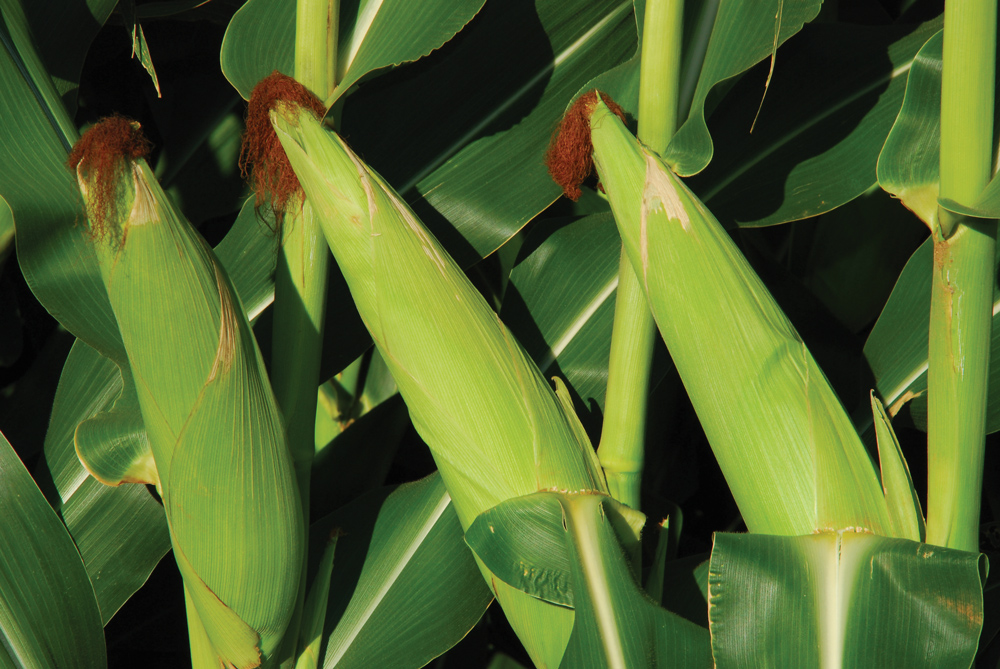October 2024
| GRANT PRINGLE, AGRONOMY MANAGER, PANNAR SEED |
 |
ONE OF THE MOST IMPORTANT MANAGEMENT DECISIONS THAT FARMERS MAKE EVERY YEAR IS THE SELECTION OF A PACKAGE OF HYBRIDS TO PLANT. WHEN SELECTING A SUITABLE HYBRID PACKAGE, THE YIELD PERFORMANCE AND HEDGING OF RISKS ARE BOTH IMPORTANT CONSIDERATIONS. THIS IS COMPLEMENTED BY THE HYBRID’S AGRONOMIC CHARACTERISTICS AND DISEASE TOLERANCE ATTRIBUTES.
The criteria that a farmer sets for a hybrid will vary from farm to farm. Certain hybrid characteristics are important, regardless of where these hybrids are planted.
The following characteristics, not necessarily in order of importance, are key considerations in the decision-making process:
Discussed in short below are the most desirable characteristics:
YIELD PERFORMANCE, STABILITY AND COMPENSATION ABILITY
The reliability of yield expectation from season to season is probably the most important aspect of the hybrid choice. Success depends on risk hedging and is determined by how accurately a hybrid’s yield prediction can be made. The chance of success improves significantly if the hybrid choice is based on multi-season results across multiple locations.
Adaptability and stability are extremely important when choosing any hybrid. A hybrid that can deliver above-average returns under both favourable as well as adverse climate conditions will spread your risk. Choose hybrids that are stable over various environments and seasons, as it is difficult to predict the growing conditions of a coming season.
HYBRID PACKAGE
Despite the best efforts on the part of maize breeders, there is not one ideal hybrid. Therefore, a package of hybrids is recommended to spread the risk and increase the potential for the best yield under the prevailing circumstances. A hybrid package is constructed from various hybrids (different genetics, resistance properties, disease tolerances, etc.) and preferably with varying growing season lengths.
The yield and adaptability of a hybrid are the results of the interaction between a hybrid’s genetics, the environmental factors and the management practices that are applied, for example:
GROWING SEASON LENGTH
To ensure the best average yield, consider planting a package of hybrids with varying maturity. This reduces the probability that the entire crop will experience hot and dry conditions during the critical pollination period. This will be an advantage if planting is completed over a short period to fit in with the optimum planting window. If planting takes place over a long period, hybrids with different maturity groups are less important.
Under dryland conditions, hybrids in the earlier growth classes are generally better adapted in the eastern cooler and temperate regions with limited heat units and higher plant populations. In the warmer, drier western production regions, a combination of hybrids from medium to medium-early growing season are better adapted.
A package also offers the advantage that everything is not combine-ready at the same time. Early maturity hybrids also provide the opportunity to bank your money earlier. Under high input irrigation and double-cropping systems (high yield targets, water application and management input), the ultra-early hybrids are the best adapted.
PROLIFICACY: MULTI-EARED AND SINGLE-EARED HYBRIDS
The optimal plant population for various hybrids depends on several factors such as the environmental potential, type of ear and possible stress factors that may occur during the critical growth stages of the plant’s development.
In general, hybrids that have ears which get smaller when the plant population is increased and larger if the population is reduced, are referred to as ‘flex-ear’ hybrids. Certain hybrids exhibit the ability to produce a constant ear size, regardless of the plant population, and are referred to as ‘fixed-ear’ hybrids.
Multi-eared hybrids
Hybrids that are well adapted to low plant populations generally have a robust plant type, sturdy stalks and big, hanging leaves. Commonly these hybrids correspondingly have a larger root mass. When these attributes are coupled with strong prolificacy, one would expect that this type of hybrid would be better adapted to varying climatic conditions such as these experienced in the western part of the maize production area.
These hybrids generally perform better under drought stress situations, since lower plant populations enable some buffering of water use during dry spells. They can, however, compensate under good production conditions by producing a second ear.

Prolific or multi-eared hybrids are well adapted to low plant populations in areas with varying climatic conditions.
Single-eared hybrids
Single-eared hybrids with a fixed or semi-flex ear usually have more upright leaves, allowing better light penetration, reduced root mass and thinner, more woody stalks. Hybrids exhibiting these characteristics can generally be employed at high plant populations and can deliver excellent yields under high-potential conditions. These hybrids are generally better adapted to environments where water application or rainfall is more reliable.

Single-eared hybrids with good standability are well suited for the high-potential production regions that require high plant populations.
STANDABILITY
Good standability facilitates effective combine harvesting. The primary causes of reduced standability are root and stem rot. If root and stem rot are noticed, it is advisable to combine infected fields early to limit losses by lodging of the plants, if drying facilities are available.
GERMINATION AND VIGOUR
Rapid germination and a strong seedling lay the foundation for a successful crop. Early vigour is particularly important on sandy soils, where wind damage to seedlings may occur. There are marked differences between hybrids with respect to early vigour.
DISEASE, INSECT TOLERANCE AND WEED CONTROL
By maintaining healthy leaves, the plant’s factory can function more effectively, increasing the chance of good results. The risk profile of hybrids to important diseases is evaluated and plays an important role in area adaptability.
Leaf diseases caused by fungal infections are usually more prevalent in the high rainfall production regions – a fungicide spray programme can play an important role in protecting the yield potential. Bacterial diseases and vector-transmitted viral infections must be managed in other innovative and preventive ways.
The weed spectrum determines which herbicides should be applied, as well as the hybrids that can be planted. Hybrids with glyphosate tolerance provide broad-spectrum weed control. Keep in mind that tolerance to the harder herbicides (such as Sulfonylurea) differs between hybrids.
Read and adhere to herbicide prescriptions and check the tolerance of the hybrid against the planned herbicide programme.
SUMMARY
Here are some basic guidelines:
Publication: October 2024
Section: Pula/Imvula